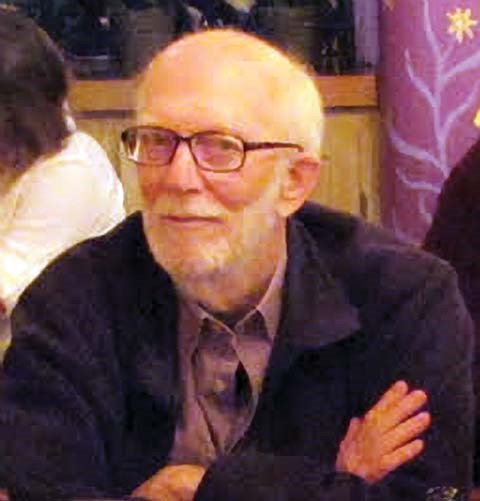Last updated: March 31, 2022
Article
Tribute: Legacy of NPS historian Richard Sellars lives on in science-based park management programs

Courtesy of Dwight Pitcaithley
The National Park Service and its huge family of partners, supporters, fans, and alumni lost an important and influential figure on 1 November 2017 in the death of Richard West Sellars, NPS historian, author, lecturer, and courageous student of NPS policy archives. He lived in Santa Fe, New Mexico, and was 81 years old.
Sellars began his career with the National Park Service in 1966 as a seasonal ranger-naturalist at Grand Teton National Park. He then pursued a PhD in American history at the University of Missouri–Columbia, which he completed in 1972. He returned to the NPS in 1973 in Denver, often teaching staff how to manage historic sites. From 1979 to 1988 he served as the Southwest Regional chief of historic preservation, architecture, and archaeology and also oversaw a Service-wide program in underwater archeology.
In 1989 he began an eight-year period devoted to researching the history of NPS natural resource management, which led to publication of his 1997 landmark book, Preserving Nature in the National Parks: A History. According to a 2012 High Country News article profiling Sellars, the work “charted the influence of agency administrators and landscape architects, whose tourism-driven agenda often eclipsed biologists’ efforts to preserve ecological health.” Reaction to the book ranged from widespread praise for focusing attention on the erratic development of natural resource management policy in the context of overall NPS policy to criticism as revisionist history that demonized past policies for making parks accessible.
The effect of the book was tremendous and immediate, elevating the need for science-based natural resource management to a high priority alongside NPS staples of serving and protecting visitors. By 1999, the National Park Service had announced its Natural Resource Challenge initiative, and over the next several years greatly increased the number of new scientific staff working for the bureau in parks, at 32 park networks, and at regional and national offices, all in support of meeting park science needs.
Sellars is the recipient of several top honors for his long-term contributions to the National Park Service and resource conservation: the Department of the Interior’s Meritorious Service Award, the Coalition of National Park Service Retirees’ George B. Hartzog Award, and the George Wright Society’s George Melendez Wright Award for Excellence.
He retired from the National Park Service in 2008. Over his 35-year NPS career he influenced and educated many people through his historical research, writing, lecturing, and teaching, and occasionally challenged NPS traditions.
